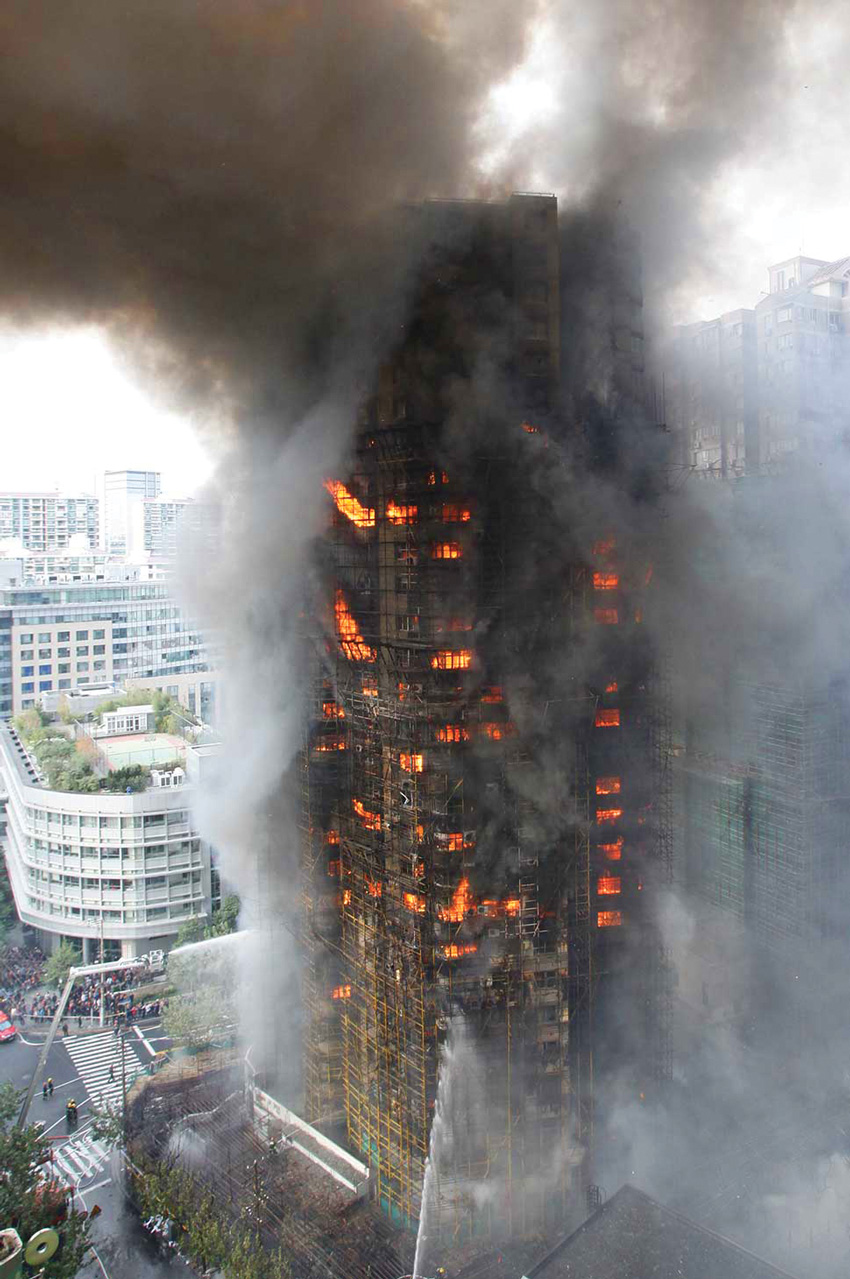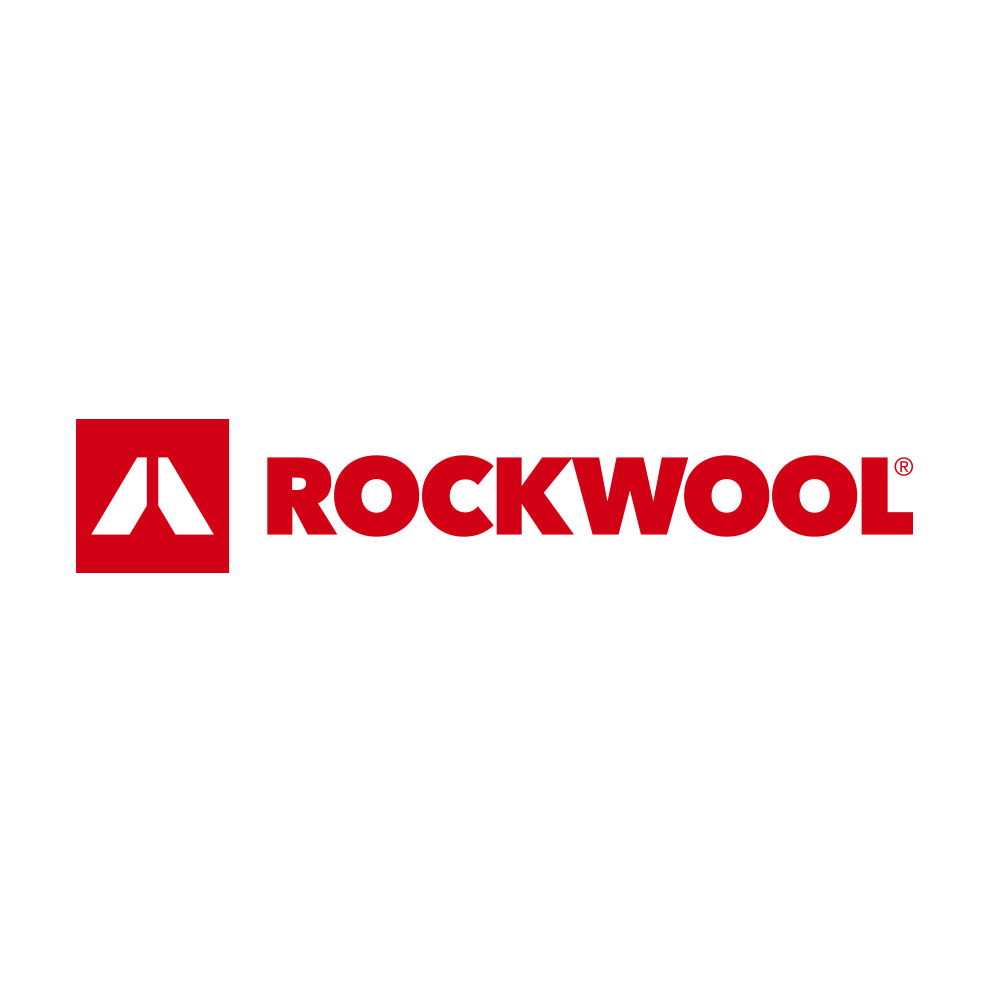Balancing Fire and Energy Code Requirements in Exterior Walls
 1 AIA LU/HSW; 0.1 IACET CEU*; 1 AIBD P-CE; AAA 1 Structured Learning Hour; This course can be self-reported to the AANB, as per their CE Guidelines; AAPEI 1 Structured Learning Hour; This course can be self-reported to the AIBC, as per their CE Guidelines.; MAA 1 Structured Learning Hour; This course can be self-reported to the NLAA.; This course can be self-reported to the NSAA; NWTAA 1 Structured Learning Hour; OAA 1 Learning Hour; SAA 1 Hour of Core Learning
1 AIA LU/HSW; 0.1 IACET CEU*; 1 AIBD P-CE; AAA 1 Structured Learning Hour; This course can be self-reported to the AANB, as per their CE Guidelines; AAPEI 1 Structured Learning Hour; This course can be self-reported to the AIBC, as per their CE Guidelines.; MAA 1 Structured Learning Hour; This course can be self-reported to the NLAA.; This course can be self-reported to the NSAA; NWTAA 1 Structured Learning Hour; OAA 1 Learning Hour; SAA 1 Hour of Core Learning
Learning Objectives:
- Identify and recognize the fundamental requirements of the International Building Code (IBC) related to noncombustible exterior walls in the code-defined types of construction.
- Assess the impact on the design of exterior walls as prescribed by the insulation requirements of the International Energy Conservation Code (IECC).
- Investigate and review the purpose, intent, and specific details of the fire-propagation testing standard known as NFPA 285.
- Explore different design options for exterior walls that are fully code compliant, safe, and energy efficient.
This course is part of the Durability Academy
- Fire-propagation testing: There is also a second requirement for testing when foam plastic insulation is used in exterior walls, still regardless of building height in Type I–IV construction. This second requirement applies whether the exterior wall is fire rated or not—in other words, to all exterior walls. It is based on a concern for fire spreading through the exterior wall construction itself, both vertically and horizontally. Unfortunately, there have been some well-publicized and very dramatic instances of tall buildings that did not address this issue and lives were lost when a fire broke out. In most of these cases, a fire starts in one area of one floor in a building and makes its way into the exterior wall construction, either by burning through the interior wall covering, extending outside through a broken window, and burning through the exterior side. Foam plastic continuous insulation in the exterior wall can thus catch on fire and spread quickly up the building vertically and then outward horizontally to the point that the entire building is engulfed in flames. This has caused loss of life and severe building damage as a result.

Photo courtesy of ROCKWOOL™
Exterior walls that are not designed and constructed according to IBC code requirements or tested in accordance with NFPA 285 can create serious consequences in a fire.
Recognizing the severe risk to life safety from this exterior wall condition, the very short but important foam plastic insulation Section 2603.5.5 of the IBC addresses Vertical and Lateral Fire Propagation. In a single sentence, it simply states, “The exterior wall assembly shall be tested in accordance with and comply with the acceptance criteria of NFPA 285.” Keep in mind that this requirement only comes into play if foam plastic insulation is part of the exterior wall, but note that this is a requirement for the entire wall assembly and not just the individual products used. Further, there are only two exceptions to this requirement. The first one applies if the building is only one story tall. In that case, the plastic foam must meet maximum flame and smoke requirements, be no more than 4 inches thick, be covered by an acceptable metal cladding, and the building must have an automatic fire-sprinkler system. The second exception applies if the plastic insulation is covered on each face (interior and exterior) with not less than 1 inch of concrete or masonry with no air space or up to 1 inch air space if the plastic meets certain criteria.
What does all of this mean for the design of exterior walls with foam plastic insulation? It means that unless the building meets one of the two exceptions noted, the entire wall assembly needs to be tested according the NFPA 285. Let’s take a closer look at what having that test done means.
The NFPA 285 Standard
As noted, the NFPA has developed NFPA 285: Standard Fire Test Method for Evaluation of Fire Propagation Characteristics of Exterior Non-Load-Bearing Wall Assemblies Containing Combustible Components. It is easy to see why it is referenced by the IBC since it is directly relevant to the use of combustible items in exterior walls as we have reviewed. Here are the details:
- What it is: NFPA 285 is a standardized fire test that provides a method of determining the flammability characteristics of exterior, non-load-bearing wall assemblies/panels. As summarized, it “is intended to evaluate the inclusion of combustible components within wall assemblies/panels of buildings that are required to be of noncombustible construction. It is intended to simulate the tested wall assemblies’ fire performance.”
- How it was developed: Model building codes in the 1980s and 1990s sought a means to determine fire safety in exterior walls that were required to be noncombustible but where combustible components might be required for other reasons (e.g., insulation). Accordingly, NFPA technical committees took on the task of developing a consensus-based testing standard for this purpose. The first version of NFPA 285 was released in 1998 with subsequent updates in 2006 and 2012. The updates included editorial and technical changes to clarify the intent and purpose of the standard as well as update the testing procedures, test equipment, and acceptance criteria.
- What it tests for: As stated in Section 1.1 of the standard, it’s scope is to provide “a test method for determining the fire-propagation characteristics of exterior non-load-bearing wall assemblies and panels used as components of curtain wall assemblies that are constructed using combustible materials or that incorporate combustible components and that are intended to be installed on buildings required to have exterior walls of noncombustible construction.” The focus is on fire propagation, meaning the spread of fire that the IBC is concerned about. It is also specifically applicable to the most common condition of exterior walls that are separate from the building structure (i.e., the walls are not carrying the building structural load) or the use of curtain wall panels that are attached to a separate structural system.
- What is needed for the test: An independent testing laboratory is responsible for providing the proper setting and conditions for the test to occur. Accordingly, it follows Chapter 4 of the standard that describes in great detail the dimensions, construction, and makeup for air requirements of the test facility (i.e., the building where the test is done) and similar requirement for the test apparatus (i.e., the default two story structure that an exterior wall assembly is to be placed upon and tested). There are similar detailed descriptions for natural-gas fired burners that need to be installed in specific locations to simulate a fire both inside and outside of the test apparatus. Next, the party that is requesting the test (i.e., construction professionals, product manufacturers, others) needs to provide a test specimen that complies with the detailed provisions of Chapter 5 of the standard. The test specimen must be at least 17.5 feet high and 13.3 feet wide, include a window, and be mounted or constructed onto the test apparatus all in strict accordance with all of the details of Chapter 5. As has been noted already, this test specimen must be of the entire wall assembly as designed and intended to be constructed in a building, not just individual products or materials. That means it includes everything such as framing or curtain wall panel systems, sheathing, air- and water-resistive barriers, cavity and/or continuous insulation, exterior cladding and any related support systems, windows with flashings, caulking and sealants, and the interior wall surface.
- How the test is conducted: The independent testing laboratory must follow specific protocols for instrumentation related to temperature measurements, gas flow meters, and thermocouples. It must also follow a multifaceted calibration procedure to help assure accuracy of results. Once everything is in place and verified (including even the ambient temperature in the facility), the actual test is conducted in several stages. First, the gas supply to the test room burner is turned on and ignited. After 5 minutes, a second burner at the window is turned on and ignited. After 30 minutes from when the test room burner was ignited, the gas supply to both burners is turned off. For at least 10 minutes after that, any residual burning of the test specimen needs to be allowed to continue unless it threatens safety within the facility. Throughout the entire test, video recording, data recording, and visual observations must be undertaken following specific instructions in Chapter 9 of the standard. Then the test specimen must be “dismantled and dissected to determine the extent and the depth of damage within the combustible components and the condition of the test specimen’s exterior wall panel facings.”
Video courtesy of ROCKWOOL™
Fire testing of a complete wall assembly takes place inside a testing facility with a test apparatus all in accordance with the criteria listed in NFPA 285.











